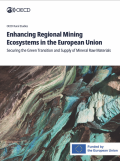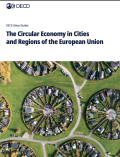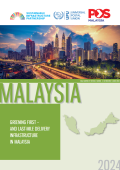
Investing in sustainable and resilient infrastructure is a pre-requisite for delivering the Sustainable Development Goals (SDGs). Both public and private investment have key roles to play in infrastructure financing, including mechanisms such as blended finance and public-private partnerships. According to the G20’s Global Infrastructure Outlook, $US 94 trillion will be needed for infrastructure investment by 2040, of which $US 1.5 trillion annually needs to be found from the private sector. An additional $US 3.5 trillion will be required to achieve the SDGs for electricity and water.
Closing this infrastructure finance gap will not only require increased spending on infrastructure but also a transformation in the way infrastructure is planned, developed and operated. Infrastructure assets are a highly illiquid asset class, vulnerable to long-term sustainability risks and externalities. Multilateral development banks are well positioned to help tackle the barriers to delivering sustainable infrastructure finance at scale.
Institutional investors often look to infrastructure assets to meet their long-term investment and return criteria, with stable, inflation-proof revenue streams. According to the World Bank, private institutions financed 64% of infrastructure investments in low- and middle-income countries in 2018.












